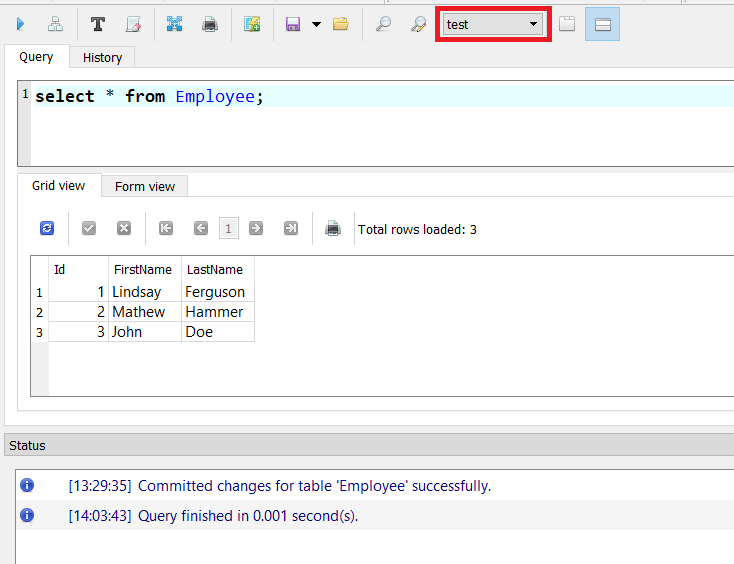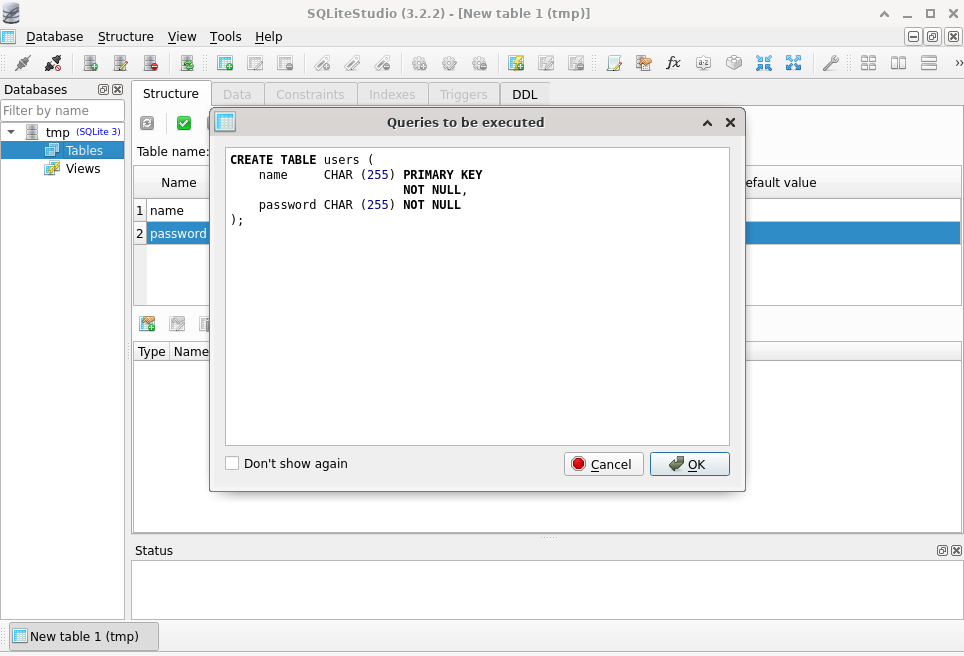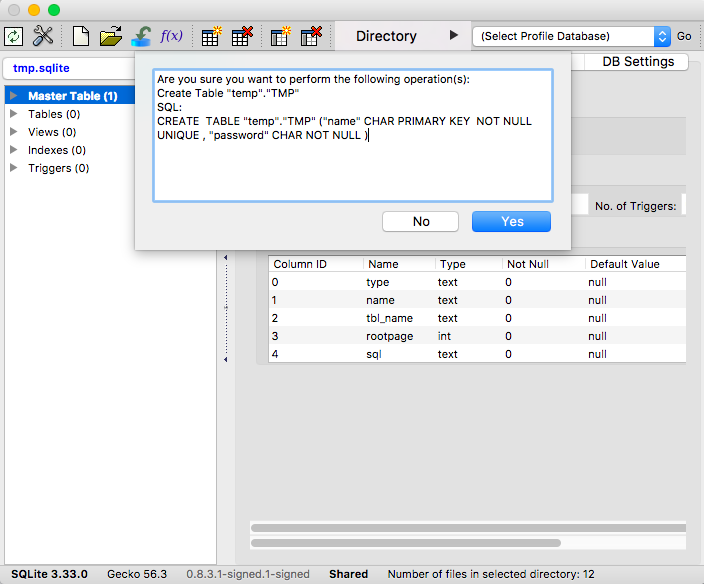
Sqlitestudio create database from sql how to#
The purpose of this course is to teach you how to extract and analyze information stored in databases using Structured Query Language (SQL).To begin, you'll learn how to extract data, join tables together, and perform aggregations. As a specialist, you'll be accountable for understanding data structure, meaning, relations and using SQL to shape data for targeted analysis. Data topics will be discussed, and you will practice using real-world programming assignments. Case statements and concepts such as data governance and profiling will be used. We will teach you how to combine the data by using common operators. You will be able to create new tables and move data into them. So we created this course to teach you SQL for data science. Thus, SQL is one of the most important concepts to learn in the field of Data Science. There are, however, some features of the SQL standard that are implemented differently in different database systems. The most widely used database language is SQL, which is supported by popular relational database systems like MySQL, SQL Server, and Oracle. There are different types of data you will work with, such as numbers and strings, and you will learn about methods to filter and get your required results.Īnalyzing data involves collecting, transforming, and interpreting data so that conclusions and predictions can be made and informed decisions can be made. Building on that foundation, you will gradually learn how to write simple and complex queries to select data from tables.

The course starts with the basics and assumes you have no experience or knowledge of SQL. When you ask the right questions and provide good answers, you will be able to deliver valuable insights for your organization. The aim of this course is to bring you to the fundamentals of SQL and how to work with data, so you can start analyzing it for data science. Data scientists must be able to retrieve and work with data, and to do this, and you need to be skilled in SQL, the standard language used to communicate with database systems. A data scientist earns an average of $120,000 a year and has thousands of job openings at a time, according to Glassdoor. As data collection has grown exponentially, there has also been a need for people skilled at working with data and interacting with it, able to think critically and provide insights to make better business decisions. Thus, it becomes essential to link the most popular programming language with the most promising DBMS solution-one of the most hopeful DBMS solutions. The DBMS simplifies and organizes our work. The use of SQL in data science has become popular as the data is stored in a database and managed by a database management system. Companies are increasingly becoming data-driven today. We can try to enter an album with an ArtistId that doesn't match an ArtistId in the referenced table (i.e.Data Science is a field that offers a variety of job opportunities. Once we've created the table with the foreign key, we can test it by attempting to enter erroneous data. tables command, we should see both tables in the database: sqlite>. Not good if you're trying to maintain referential integrity. In other words, we could have orphaned records in our database.

If we didn't do this, it would be possible to have an album that doesn't belong to an artist. What this means is that, any data that is inserted into this column, must match a value in the Artists.ArtistId column. This creates a foreign key constraint on the Albums.ArtistId column.

Similar to when we created the Artists table, however, on this one, we have added FOREIGN KEY(ArtistId) REFERENCES Artists(ArtistId) to the end of the statement. FOREIGN KEY(ArtistId) REFERENCES Artists(ArtistId)


 0 kommentar(er)
0 kommentar(er)
